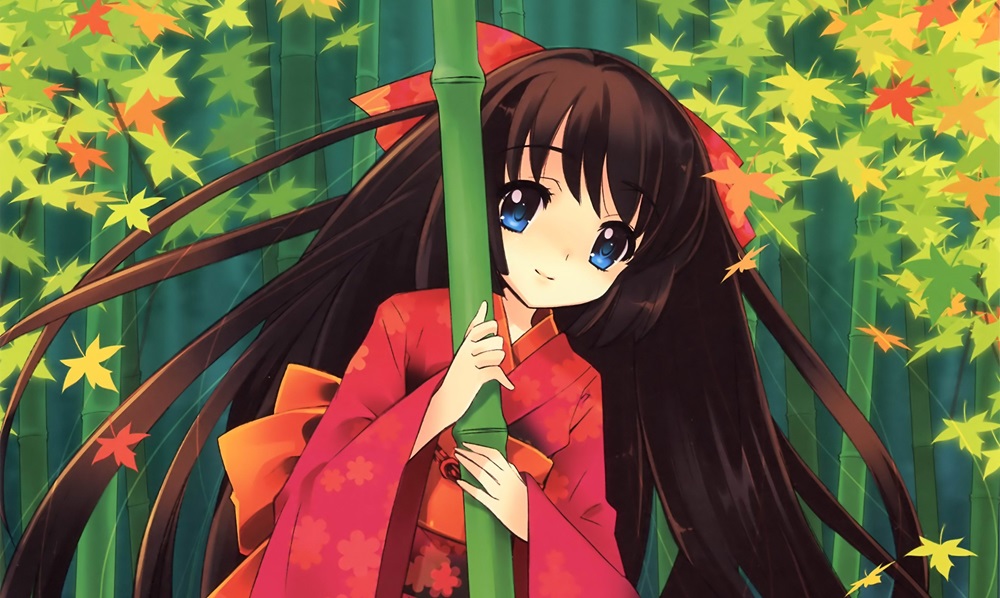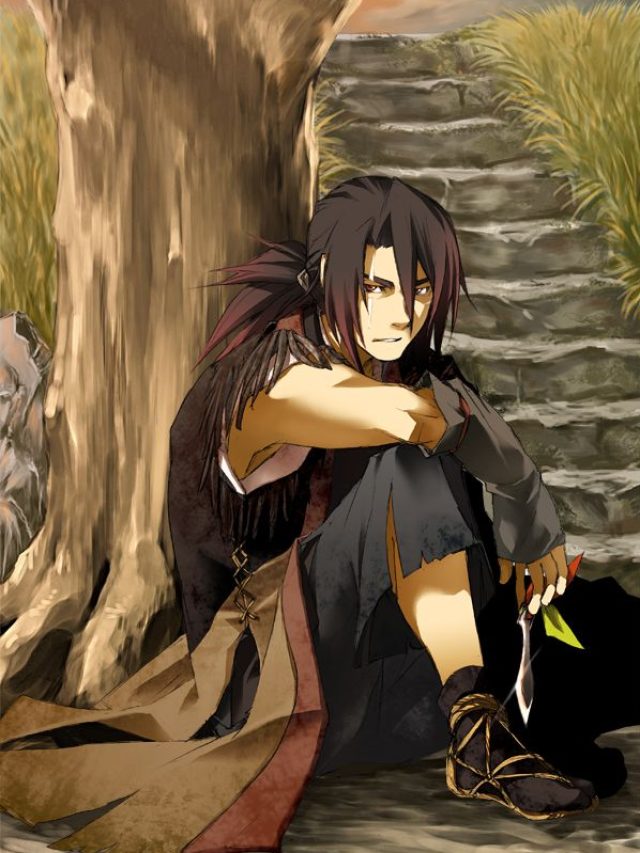Manga is a vivid and dynamic Japanese comic art that has won millions of fans worldwide. Its distinctive fusion of rich artwork, fascinating storytelling, and a wide range of themes has made it a global cultural phenomenon that cuts across boundaries and age groups. Over the years, manga has developed into a multibillion-dollar industry, reflecting its audience’s shifting preferences and aspirations from its modest origins in early 20th-century Japan.
A pillar of Japanese culture, manga art is a particular and distinctive artistic style used in comic books and graphic novels that has become more popular worldwide. Having big, expressive eyes that can express various emotions is a characteristic. Varied, frequently with long limbs and dramatic poses, ranging from highly stylized to realistic. Manga addresses social issues, historical events, and current trends while reflecting and shaping Japanese society. It has been extensively translated and modified, impacting fashion, pop culture, and other media (like anime, films, and video games). It encourages artists everywhere and is a significant factor in manga production outside of Japan.
Art of Manga Artist
Manga creators are significant in Japan and worldwide regarding culture, art, and commerce. Manga artists carry on skills and storytelling strategies passed down through the years, helping preserve and evolve ancient Japanese art traditions. Manga is frequently a societal mirror, tackling historical events, cultural conventions, and social issues. Artists have the power to sway public opinion and spark discussion on a range of subjects.
Manga is a cultural ambassador, bringing the Japanese language, culture, and ideals to a global audience. This interchange fosters cross-cultural appreciation and understanding. Manga artists frequently inspire and catalyse the development of subcultures that offer venues for social interaction and artistic expression, such as cosplay, fan communities, and conventions.
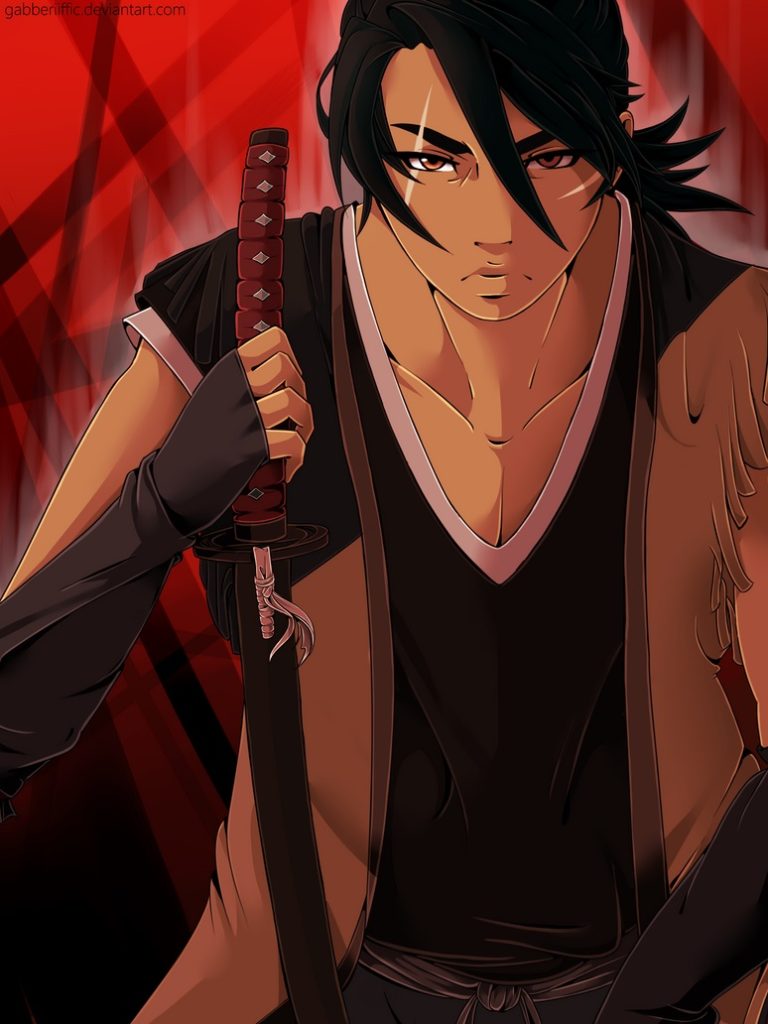
Manga artists experiment with panel layouts, perspectives, and graphic techniques to create immersive narratives that constantly push the boundaries of visual storytelling. The range and depth of the manga medium are enhanced by the distinct creative visions each manga artist contributes to their work. Generations of aspiring artists are influenced by their styles, which frequently become famous. Manga artists often work with authors, animators, and game developers, lending their creative skills to various media endeavours and broadening their artistic horizons.
Top 12 Manga artist
Superb pseudonymous manga creator Nanashi, sometimes stylized as “Nanashi” (meaning “nameless” or “anonymous” in Japanese), is renowned for their extraordinary creativity and distinct storytelling style. Nanashi’s elaborate and precise artwork is famous for its vibrant character designs, flowing lines, and exciting action scenes. Much of Nanashi’s work is devoted to action-packed stories with thrilling fight sequences and pivotal moments. Although Nanashi strongly emphasizes action, her stories frequently delve into the depths of people’s and circumstances’ psychology to explore nuanced themes and emotions.
Masamune Shirow is a well-known Japanese manga artist and illustrator renowned for his elaborate, beautiful illustrations and provocative narratives. Shirow is well known for his painstakingly created, incredibly detailed artwork that includes exciting action scenes, futuristic cityscapes, and complex mechanical creations. In the context of dystopian, futuristic worlds, Shirow’s writings frequently examine themes related to technology, artificial intelligence, cybernetics, and the interaction between humans and machines.
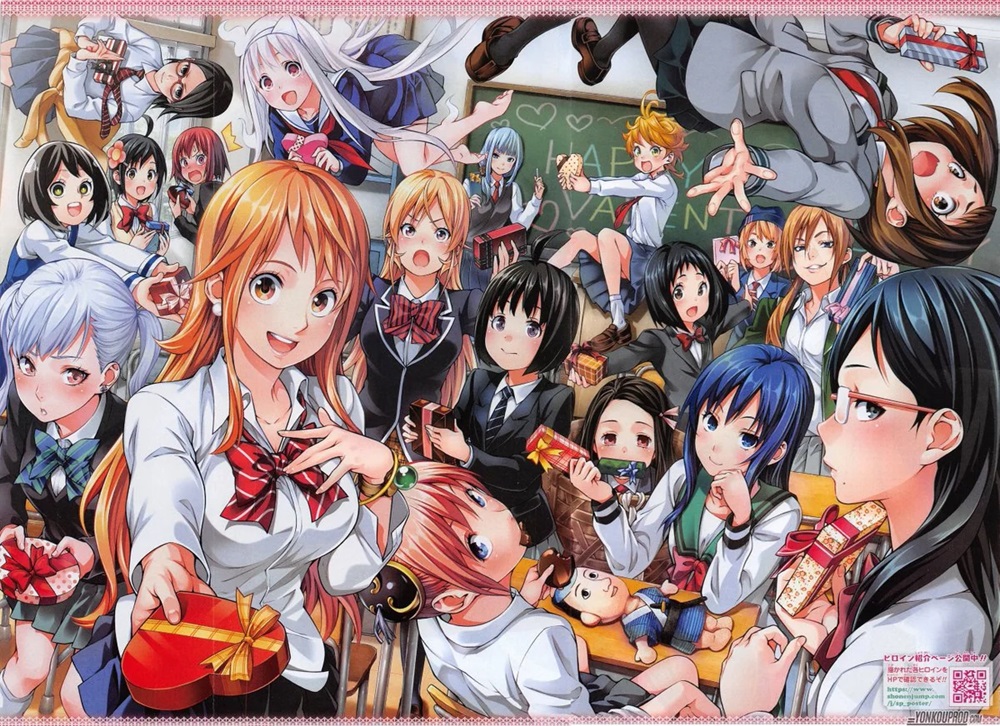
In his works, action-packed scenes are frequently mixed with moral and philosophical problems, leaving readers to consider more profound issues such as identity, awareness, and the effects of technological progress. Erotic and mature themes are included in some of Shirow’s writings. However, they are frequently handled within the framework of longer storylines rather than being gratuitous.
Talented manga artist Mengo Yokoyari is well-known for her passionate stories and bold illustrations. The expressive character designs and dynamic strength of Yokoyari’s artwork define it. She is skilled at expressing nuanced body language and facial emotions, which helps her portray her characters’ emotional states. Themes of love, friendship, and personal development are prevalent in many of Yokoyari’s works, emphasising the nuances of romantic emotions and interpersonal interactions. She has a talent for sensitively and authentically capturing the highs and lows of human emotions, including moments of happiness, heartbreak, longing, and vulnerability. Diverse characters with goals, fears, and problems can be found in Yokoyari’s stories. She gives her characters complex personalities with realistic weaknesses and talents.
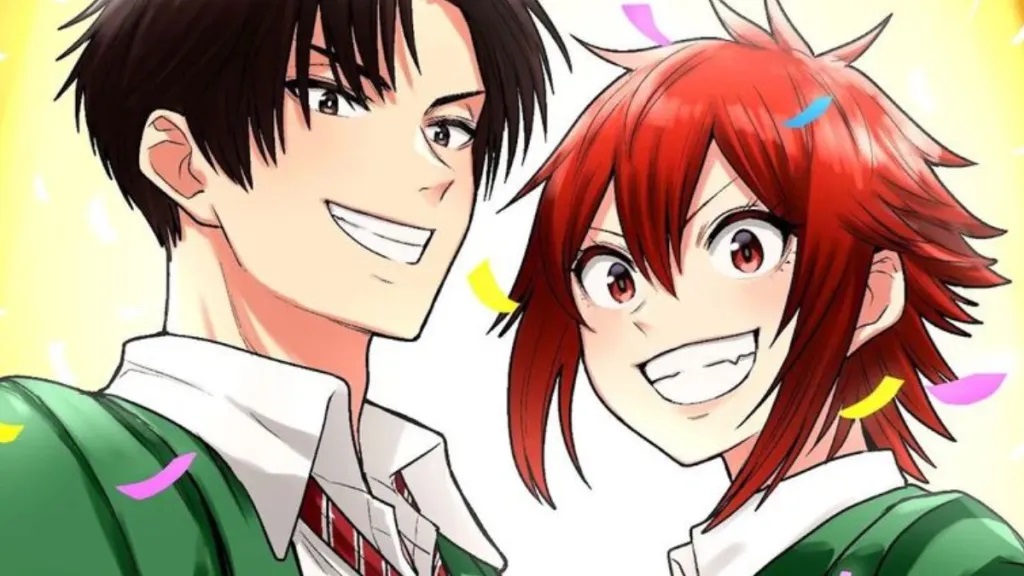
Japanese illustrator and manga artist Hisashi is well-known for his work in the adult manga subgenre. He became famous for his unique artistic style, defined by elaborate and sensual character designs that frequently have ecchi and hentai elements. Hisashi has created artwork for adult periodicals, doujinshi (self-published works), and several manga series. Hisasi’s fame in the adult manga scene and his artistic ability are noteworthy, even though his work may not be appropriate for all viewers due to its explicit nature.
Renowned Japanese manga artist Kiyohiko Azuma is well recognised for his work on the hit series “Azumanga Daioh” and “Yotsuba&!” Azuma was born in Takasago, Hyōgo Prefecture, Japan, on May 27, 1968, and started his career in the early 1990s. “Azumanga Daioh,” which ran in serial form from 1999 to 2002, chronicles teenage girls’ lighthearted and everyday exploits and their peculiar educators. The series gained enormous popularity worldwide in Japan because of its endearing artwork, humorous writing, and unique characters.
Renowned Japanese manga writer and illustrator Ken Akamatsu is well known for his numerous hit manga series, such as “Love Hina” and “Negima! Magister Negi Magi.” Born in Kanagawa Prefecture, Japan, on July 5, 1968, Akamatsu started working in the manga industry in the early 1990s. The romantic comedy manga “Love Hina,” which ran in serial form from 1998 to 2001, chronicles the experiences of Keitaro Urashima, a young man attempting to accomplish a boyhood dream of attending Tokyo University, and the group of ladies he meets while running an all-girls dorm. The well-liked series contributed to Akamatsu’s standing as a gifted manga writer.
Japanese manga illustrator Shun Saeki is well-known for his work on the manga series “Food Wars!: Shokugeki no Soma.” Saeki, born on May 17, 1989, started his career as a manga artist when his internet illustrations gained attention. His association with author Yūto Tsukuda on “Food Wars!” catapulted him to prominence within the manga subculture. In November 2012, “Food Wars!: Shokugeki no Soma” debuted in Weekly Shōnen Jump magazine. It immediately became well-known for its distinctive combination of fierce rivalry, culinary demonstrations, and cooking contests. The heated cooking showdowns were brought to life by Saeki’s vibrant and detailed artwork, which also captured the characters’ excitement and passion as they competed in the prestigious Tōtsuki Culinary Academy.
Fumita Yanagida is a Japanese manga artist and illustrator who also goes by the pen name Yanagida Fumita. Yanagida, born on January 8, 1987, started drawing manga in the late 2000s. They became well-known for their distinctive storytelling technique and artistic style. Perhaps Yanagida’s most notable contribution is from the manga series “Magical Girl Site.” The 2013–2021 serial “Magical Girl Site” tells the tale of Aya Asagiri, a high school student, who finds a mysterious website that gives females magical powers and traps them in a lethal game. The show explores severe subjects, including trauma, violence, and bullying, while contrasting them with the magical girl’s dream.

Japanese manga artist and illustrator Hiromitsu Takeda is best recognised for his work in the adult manga subgenre, especially hentai. His unique artistic style and contributions to several adult-oriented manga series helped him become well-known. Takeda frequently emphasises sexuality, depicts explicit settings, and uses highly detailed character designs in his artwork. He is adept at capturing private moments and producing eye-catching graphics for adult audiences. Even though Takeda isn’t as well-known outside the adult manga scene, hentai and sensual manga fans fervently support his work. Its wide diversity of forms and themes can be attributed to his contributions to the genre.
Japanese illustrator and artist Tony Taka, whose name is Takashi Takeuchi, is well-known for his work in video games, anime, and manga. His exquisite character designs, especially in fantasy, science fiction, and sexual art, won him great recognition. Taka is known for his skilful representation of lovely and seductive people in his artwork, which frequently has elaborate features and vivid colours. He has created graphics for various media, such as anime, light novels, card games, and visual novels.
Manga artist and illustrator Mine Yoshizaki is well recognised for her work on the widely read manga and anime series “Sgt. Frog” (known as “Keroro Gunso” in Japan). Yoshizaki, born in Tokyo, Japan, on December 2, 1971, started his career as a manga artist in the early 1990s. “Sgt. Frog,” a comedy television series from 1999 to 2011, chronicles the humorous exploits of a platoon of alien aliens resembling frogs that come to Earth to conquer it but wind up living with a human family. The series, which combines comedy, science fiction, and parody, has a sizable fan base in Japan and worldwide.
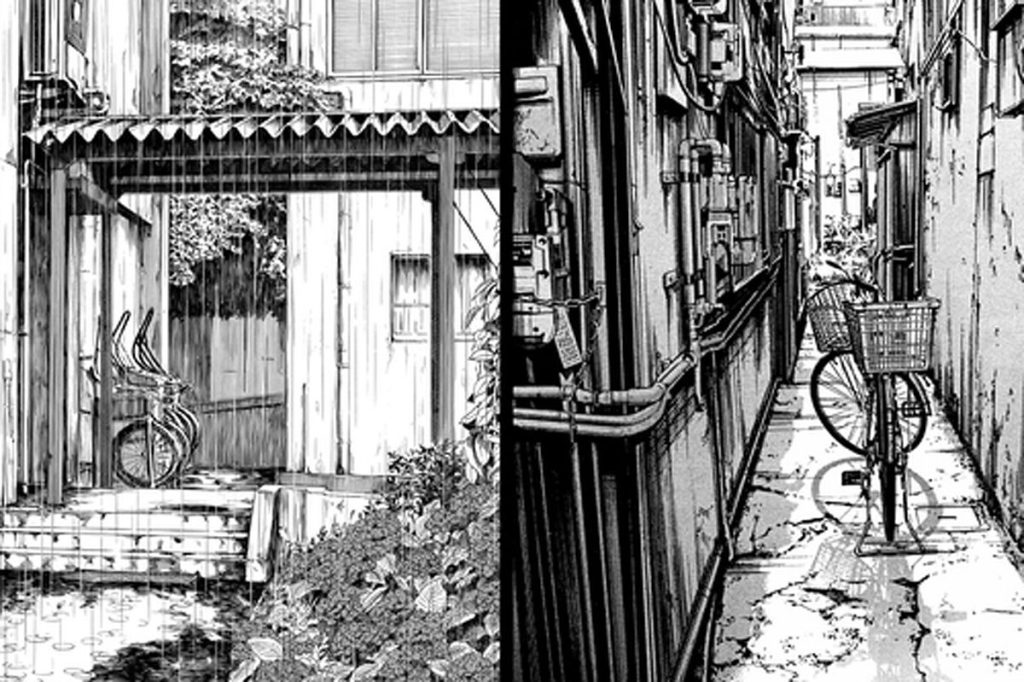
A Japanese manga artist known by the pen name Okayado is most renowned for his work on the manga series “Monster Musume: Everyday Life with Monster Girls,” which is frequently shortened to “MonMusu.” Takemaru Inui is the actual name of Okayado. “Monster Musume” began as an online comic in 2011 and was then serialised in the manga magazine “Monthly Comic Ryu” in 2012. The show is set where humans and mythological animals like centaurs, harpies, and lamias cohabit. The narrative centres on a young guy named Kimihito Kurusu, who takes in several monster girls with peculiarities and characteristics. The show incorporates humour, harem, and fantasy aspects; ecchi and love themes are common.

